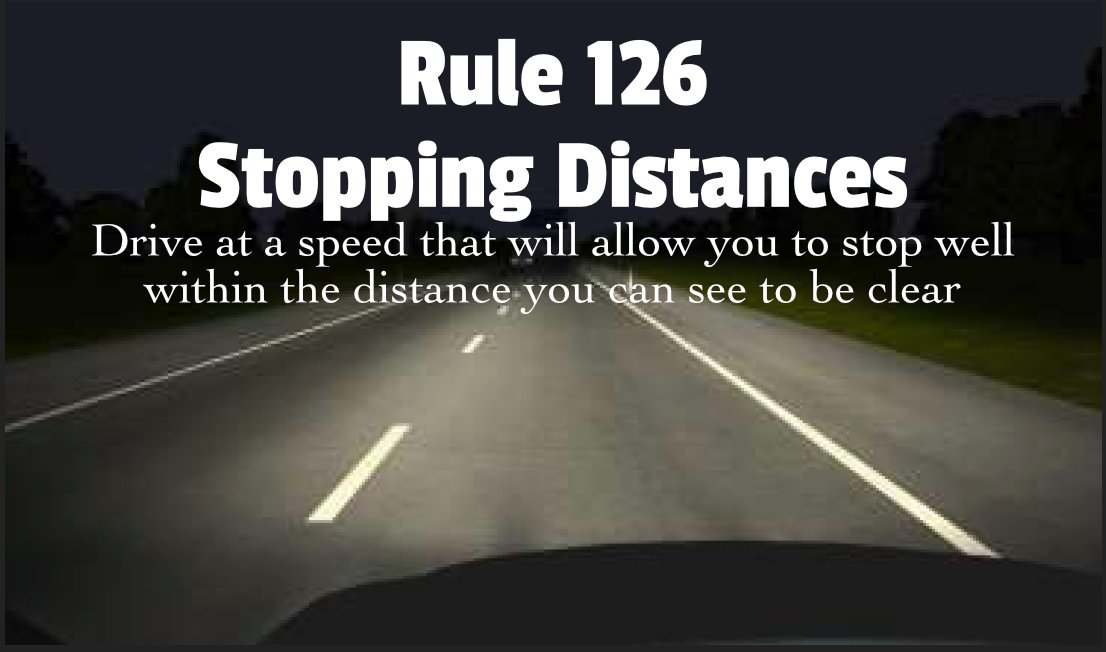I& #39;ve been thinking about the "Clocks go back, be bright be seen" tweets and...this is where I& #39;ve landed
There& #39;s a counter-intuitive element which is hard to convey. We all want to do everything we can to be as safe as we can. Intuitively, wearing bright reflective clothes (1/11)
There& #39;s a counter-intuitive element which is hard to convey. We all want to do everything we can to be as safe as we can. Intuitively, wearing bright reflective clothes (1/11)
(2/11) would seem to contribute to our safety (unless they miraculously blend into the background but let& #39;s ignore that for the moment). The issue arises when that is a false security. A good driver driving to the conditions is going to see you regardless of what you are wearing
(3/11) and a poor/dangerous driver is going to hit you, again regardless of what you are wearing. So the clothing provides a perception of safety, not actual safety. But it& #39;s worse than that. By pushing the "Wear bright clothes, take personal responsibility for your own safety"
(4/11) narrative you set off a chain reaction. In the minds of the public it suggests that if you aren& #39;t wearing bright clothes you don& #39;t care about your own safety and, by extension, you are at least partially to blame for being hit. At the same time, you set an expectation for
(5/11) drivers that they only need to be looking for people in bright reflective clothes. Now, I know this is where people will claim fallacy, and I& #39;ll grant you it& #39;s a bit of a leap. But I argue that most drivers believe themselves to be "good drivers" and most people would
(6/11) do whatever they could to improve their own safety. Therefore, most people would wear hivis (or at least believe they would if they were walking or cycling). By extension they subconsciously expect everyone else to be wearing bright reflective clothing. That expectation
(7/11) leads to a perception bias. They are looking for people in bright reflective clothing because that& #39;s what they are expecting to see. By expecting that they drive in a way that creates more danger for anyone NOT dressed in that way. And therein lies the root problem I have.
(8/11) Messages telling people to wear bright reflective clothes and take responsibility for not getting hit sets a tone, an expectation which increases the danger to them not reduces it. It also means that when there is a collision some of the blame is apportioned to the victim
(9/11) for not wearing the right clothing, which is just sad. So, the cyclists/pedestrians out there telling officials not to tweet this advice don& #39;t want to ride/walk at night with no lights, or reflectors. In fact, they probably do use both. But it& #39;s the message and how it is
(10/11) delivered that they have a problem with. Rather than tell people how to avoid GETTING hit, please focus your advice on the message to drivers to NOT HIT people. A simple reminder to follow the highway code. It& #39;s rule 126. The wording could go something like this...

 Read on Twitter
Read on Twitter


